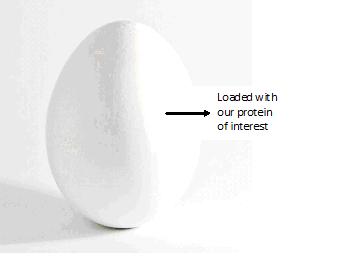Team:Imperial College London/M3/RestrictionEnzymes
From 2009.igem.org
(→Restriction Enzymes) |
|||
| Line 22: | Line 22: | ||
<br> | <br> | ||
<html><a href="https://2009.igem.org/Team:Imperial_College_London/Restriction_Enzymes"><img style="vertical-align:bottom;" width=90px align="left" src="http://i691.photobucket.com/albums/vv271/dk806/II09_Learnmore.png"></a></html><br><br> about the restriction enzymes TaqI and DpnII. | <html><a href="https://2009.igem.org/Team:Imperial_College_London/Restriction_Enzymes"><img style="vertical-align:bottom;" width=90px align="left" src="http://i691.photobucket.com/albums/vv271/dk806/II09_Learnmore.png"></a></html><br><br> about the restriction enzymes TaqI and DpnII. | ||
| + | |||
| + | <html><a href="https://2009.igem.org/Team:Imperial_College_London/Stomach"><img style="vertical-align:bottom;" width=90px align="left" src="http://i691.photobucket.com/albums/vv271/dk806/II09_Learnmore.png"></a></html><br><br> About the ethical implications of live organisms. | ||
| + | |||
| + | |||
| + | <html><center><a href="https://2009.igem.org/Team:Imperial_College_London/M2"><img width=150px src="https://static.igem.org/mediawiki/2009/1/11/II09_M3ArrowLeft.png"></a><a href="https://2009.igem.org/Team:Imperial_College_London/Temporal_Control"><img width=150px src="https://static.igem.org/mediawiki/2009/b/bf/II09_M3_ArrowRight.png"></a></center> | ||
| + | </html> | ||
| + | |||
{{Imperial/09/Division}} | {{Imperial/09/Division}} | ||
Revision as of 20:38, 6 October 2009

- Overview
- Restriction Enzymes
- Dam Methylation
- Thermoinduction
Restriction Enzymes
After Module 2 has been completed, genome deletion is triggered by raising the temperature.
see thermoinduction under temporal control)
The cell then produces the restriction enzymes DpnII and TaqI.
Restriction enzymes DpnII and TaqI specifically target and cut short 4 base DNA sequences. With a high frequency of cutting, the genetic material contained within the cell will all be destroyed, including any inserted DNA.
A distinct advantage of using restriction enzymes for our 'killing' mechanism is that the cell membrane is left intact afterwards, and the protein of interest will still be protected by the encapsulated cell. This renders the bacterium no more than an inanimate shell containing our protein drug of choice.

about the restriction enzymes TaqI and DpnII.

About the ethical implications of live organisms.






 "
"





